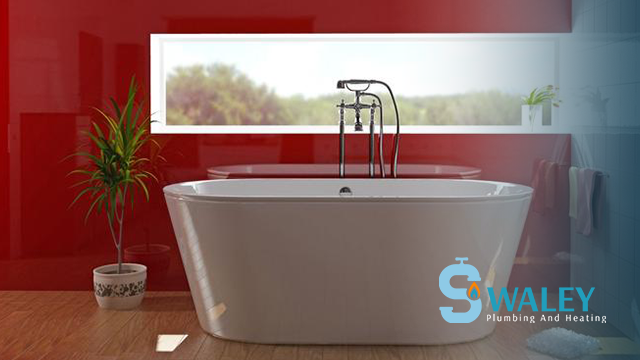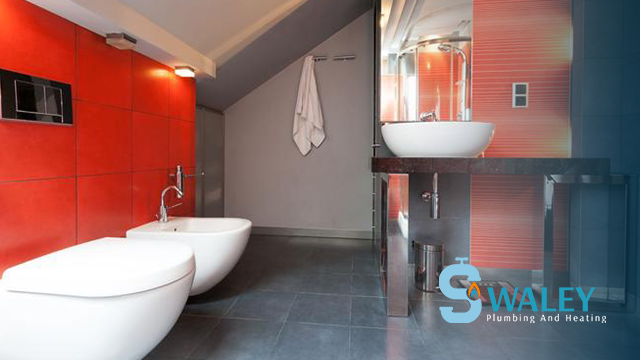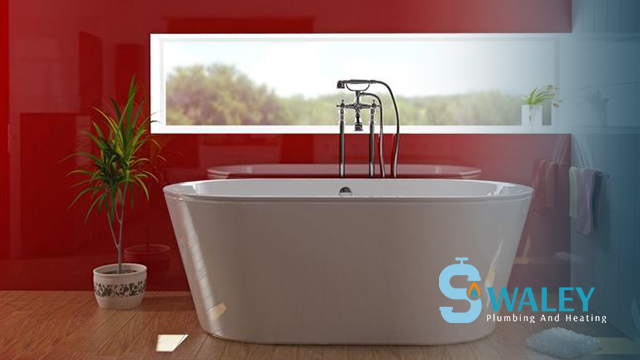Air Lock in Pipes: Common Causes and Effective Solutions
Imagine turning on a tap or shower, expecting a steady flow of water, only to be greeted by silence or a feeble trickle. You might be dealing with a frustrating phenomenon called an air lock in pipes.
In this article, we will explore the common causes behind air locks and provide effective solutions to help you restore the smooth flow of water throughout your plumbing system.
Understanding the Causes of Air Lock in Pipes
When air gets trapped within your plumbing system, it can hinder the flow of water, causing disruptions and inconveniences.
Let’s delve into the primary causes of air locks in pipes.
Water Supply Interruptions
One common cause of air locks is water supply interruptions. When the water supply is temporarily shut off, air can enter the pipes, especially if the system isn’t properly primed before restoring the water flow.
This interruption can occur due to maintenance work, repairs, or even during water main breaks.
Plumbing System Design Flaws
In some cases, the design of the plumbing system itself can contribute to the occurrence of air locks. Improper pipe slopes, inadequate venting, or faulty installation can create pockets where air can become trapped, leading to disruptions in water flow.
High Points and Loops in the Plumbing System
Another cause of air locks is the presence of high points or loops in the plumbing system. These are areas where air tends to accumulate because it naturally rises within the pipes.
If the air pockets become too large, they can impede the flow of water and cause an air lock.
Recognising the Symptoms of an Air Lock in Pipes
To identify if you are dealing with an air lock in your pipes, watch out for these common symptoms:
No Water Flow or Low Water Pressure
If you turn on a tap or shower and notice no water coming out or only a weak flow, it could indicate the presence of an air lock. The trapped air blocks the water from reaching its intended destination, resulting in reduced or no water pressure.
Gurgling or Bubbling Noises
Another sign of an air lock is gurgling or bubbling noises coming from your pipes. These sounds typically occur when air is trapped and tries to escape as water flows through the system. If you hear unusual noises, it’s a good indication that an air lock may be present.
Inconsistent Hot Water Supply
An air lock can specifically affect your hot water supply. If you notice fluctuations in water temperature when using hot water taps or showers, it could be due to an air lock disrupting the flow of heated water.
Potential Risks and Damage Caused by Air Locks
Air locks not only cause inconvenience but can also lead to potential risks and damage within your plumbing system. Let’s explore some of the common issues associated with air locks.
Restricted Water Flow
When an air lock occurs, water flow is impeded, resulting in low pressure or a complete lack of water. This can disrupt daily activities such as bathing, washing dishes, or watering plants. Resolving the airlock is crucial to restore the proper functioning of your plumbing system.
Overheating of Appliances
If an air lock affects hot water supply, it can lead to overheating of appliances like water heaters or boilers. The trapped air prevents the efficient circulation of water, causing the heating elements to work harder and potentially malfunction.
Addressing the air lock promptly can prevent costly damage to your appliances.
Damage to Plumbing Fixtures
Air locks can put additional strain on your plumbing fixtures, such as faucets, showerheads, and valves. The irregular flow of water and pressure can cause wear and tear, leading to leaks, dripping faucets, or even pipe bursts. Fixing the air lock will help preserve the integrity of your plumbing fixtures.
Resolving an Air Lock in Pipes: Step-by-Step Solutions
Now that we understand the causes and potential risks of air locks, let’s explore some effective solutions to resolve this frustrating issue.
Using the Tap and Gravity Technique
- Start by locating the affected tap. It’s often best to begin with the tap nearest to the water source.
- Turn off the main water supply to your house. This step ensures that you won’t create any additional air locks while working on the affected area.
- Open the affected tap fully. This allows air to escape as water starts to flow.
- Locate a tap on a lower floor or the furthest point from the water source. Open this tap fully as well.
- Allow the water to flow freely from both taps for a few minutes. The force of gravity will help push the trapped air out of the system.
- Close the lower tap first and then the affected tap. Gradually turn on the main water supply, and check if the airlock has been resolved.
Bleeding the Air from the System
- Turn off the main water supply to your house.
- Locate the highest tap in your system. This is often found on the top floor or in the attic.
- Open this tap fully to release any trapped air. You may hear a hissing sound as the air escapes.
- Keep the tap open until a steady flow of water is restored. This ensures that all air pockets have been eliminated.
- Close the highest tap and gradually turn on the main water supply. Check if the airlock has been resolved.
Hiring a Professional Plumber
If the above methods fail to resolve the air lock or if you’re uncomfortable performing the steps yourself, it’s advisable to seek the assistance of a professional plumber.
Plumbers, such as the team at Swaley, have the expertise and specialised tools to diagnose and fix complex air lock issues. We can also identify and rectify any underlying plumbing system design flaws that may be contributing to recurrent air locks.
Preventing Air Locks in Pipes: Proactive Measures
While it’s essential to know how to resolve air locks, prevention is always better than cure. Here are some proactive measures you can take to minimise the occurrence of air locks in your plumbing system:
Ensuring Proper Plumbing System Installation
When building or renovating your property, hire a reputable plumber to ensure proper installation of your plumbing system. This includes correctly sloping the pipes, providing adequate venting, and minimising the presence of high points or loops where air can accumulate.
Regularly Flushing the System
Regularly flushing your plumbing system helps maintain a smooth flow of water and reduces the likelihood of air locks. Turn on all taps and faucets in your house simultaneously for a few minutes, allowing water to run through the entire system. This practice helps dislodge any trapped air and sediment buildup.
Installing Air Release Valves
Air release valves, also known as air vents or automatic air eliminators, can be installed at strategic points in your plumbing system. These valves automatically release any accumulated air, preventing air locks from occurring. Consult a professional plumber to determine the appropriate locations for installing air release valves in your system.
If you have an issue that could use the expert team at Swaley Plumbing and Heating, get in touch today.




